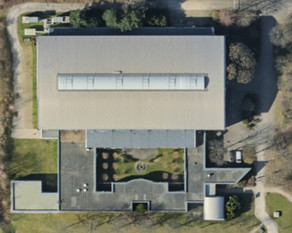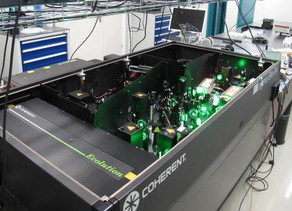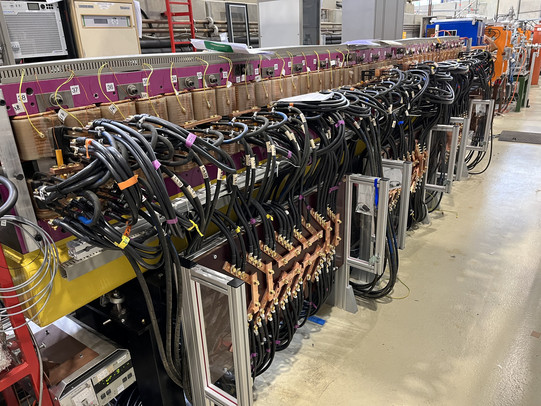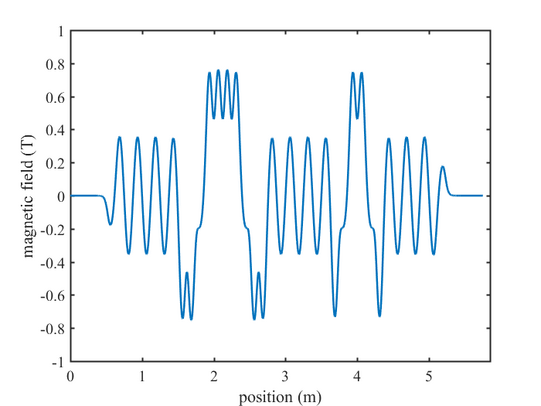Worldwide first EEHG implementation at a storage ring
EEHG (echo-enabled harmonic generation) is a scheme proposed in 2009 [1]. Using two laser pulses, electron bunches in accelerator facilities are manipulated such that ultrashort pulses of synchrotron radiation are generated at short wavelengths.
EEHG has been demonstrated already at linear accelerators, e.g., at FERMI in Italy [2]. The scheme has also been proposed for storage rings, in particular for BESSY/Germany [3], DELTA/Germany [4], HLS/China [5], NSLS-II/USA [6] and SOLEIL/France [7], but was realized only recently. Im summer 2022, the electromagnets of the undulator U250 at DELTA were rewired for the EEHG configuration:
modulator-chicane-modulator-chicane-radiator.
A modulator is an undulator in which laser pulses modulate the electron energy. In a chicane, magnets are arranged such that the electrons are longitudinally shifted according to their energy. A radiator is an undulator from which synchrotron radiation is emitted.
Remodeling the undulator U250 required almost 200 new wires. The whole undulator is now driven by 14 separate power supplies. With 72 copper bars on three switch boards (in the photo below the magnets), the U250 can be reconfigured as a normal undulator in a short time.
First experiments since September 2022 demonstrated the synchronized interaction of the electrons with two laser pulses [8]. While normal synchrotron radiation pulses have a duration of 100 picoseconds, the length of the laser pulses is only 50 femtoseconds, a factor of 2000 shorter. This is also the duration of the radiation pulses generated by EEHG.
- G. Stupakov, Physical Review Letters 102, 074801 (2009).
- P. Rebernik Ribič et al, Nature Photonics 13, 555 (2019).
- J.-G. Hwang et al, Scientific Reports 10, 10093 (2020).
- S. Khan et al, Synchrotron Radiation News 24:5, 18 (2011).
- H. Li et al, Proceedings of IPAC'13, Shanghai, China, 1208 (2013).
- X. Yang et al, Scientific Reports 12, 9437 (2022).
- C. Evain et al, New Journal of Physics 14, 023003 (2012).
- S. Khan et al, Proceedings of IPAC'23, Venice, Italy, 1039 (2023).






